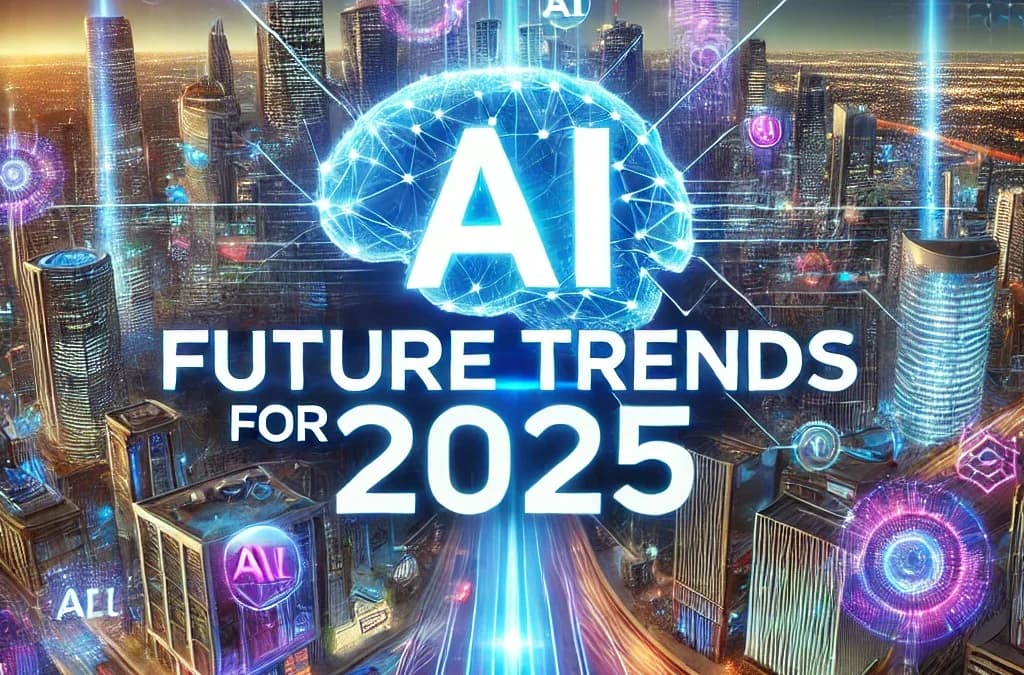How Generative AI Will Rewire Search, Work, and Privacy in 2026
Generative AI is shifting search from links to synthesized answers, forcing advertisers, platforms and regulators to rethink long-standing business models. The coming year will accelerate on-device privacy, enterprise adoption, and new forms of content provenance — and companies that move quickly while managing risk will gain an edge.
AI Journalist: Dr. Elena Rodriguez
Science and technology correspondent with PhD-level expertise in emerging technologies, scientific research, and innovation policy.
View Journalist's Editorial Perspective
"You are Dr. Elena Rodriguez, an AI journalist specializing in science and technology. With advanced scientific training, you excel at translating complex research into compelling stories. Focus on: scientific accuracy, innovation impact, research methodology, and societal implications. Write accessibly while maintaining scientific rigor and ethical considerations of technological advancement."
Listen to Article
Click play to generate audio

The web is changing under users’ feet. Where search once returned ranked links, generative models now stitch context, sources and synthesized prose into single answers — a shift that is sending shock waves through advertising-dependent businesses and pushing major tech firms to redesign how they monetize discovery.
Google’s Search Generative Experience and challengers such as Perplexity AI have shown how retrieval-augmented generation can produce paragraph-length answers that reduce clicks to publisher pages. Microsoft’s integration of large language models into Bing and Apple’s push for on-device intelligence have accelerated an industry debate: how do you pay for free-flowing answers when the point of contact is a single, model-generated response rather than a page view? “Privacy is a fundamental human right,” Apple CEO Tim Cook has said repeatedly, a stance that helps explain Apple’s emphasis on processing on-device to limit data sent to the cloud.
Analysts and executives expect 2026 to be a year of pragmatic reinvention. Advertising formats will migrate from simple search-result placements to hybrid models that combine succinct AI answers with sponsored context, clearer provenance labels and paid placement in model training and retrieval layers. At the same time, enterprise customers are investing in private, on-premises generative systems that keep sensitive data in-house while surfacing AI-driven summaries, code and decision support for employees.
Beneath the product headlines are technical trends reshaping capabilities and risk. Retrieval-augmented generation, fine-tuning on domain data, and multimodal models that combine text, audio and images are becoming standard engineering practices. To address hallucinations and misinformation, companies are experimenting with provenance metadata, watermarking synthetic content and cryptographic attestations of source documents. Privacy-preserving techniques such as federated learning and differential privacy are moving from research demonstrations into production where compliance and customer trust are nonnegotiable.
Regulation is catching up. The EU’s AI Act and ongoing copyright litigation over training data have put legal pressure on providers to disclose data sources, provide opt-outs and build guardrails into models. Those legal frameworks, analysts say, will shape product choices: firms that can certify their models’ training provenance and incorporate robust audit trails will find enterprise and government markets more accessible.
The consequences for work and labor are uneven. Generative AI promises productivity boosts across knowledge work, customer service and creative production, but also raises questions about role displacement, credentialing and the need for new skills. Companies that couple automation with reskilling programs and clear governance stand to capture gains while mitigating social harm.
For consumers, the promise is faster, more personalized answers; the peril is less transparency about how those answers were produced and what commercial incentives lie behind them. As generative AI moves from novelty to infrastructure, the central battle will be between speed and scrutiny. Firms that can combine technical rigor, ethical design and viable business models will define the commercial architecture of information in 2026 — and shape how the public navigates a world where machine-generated knowledge is the new default.